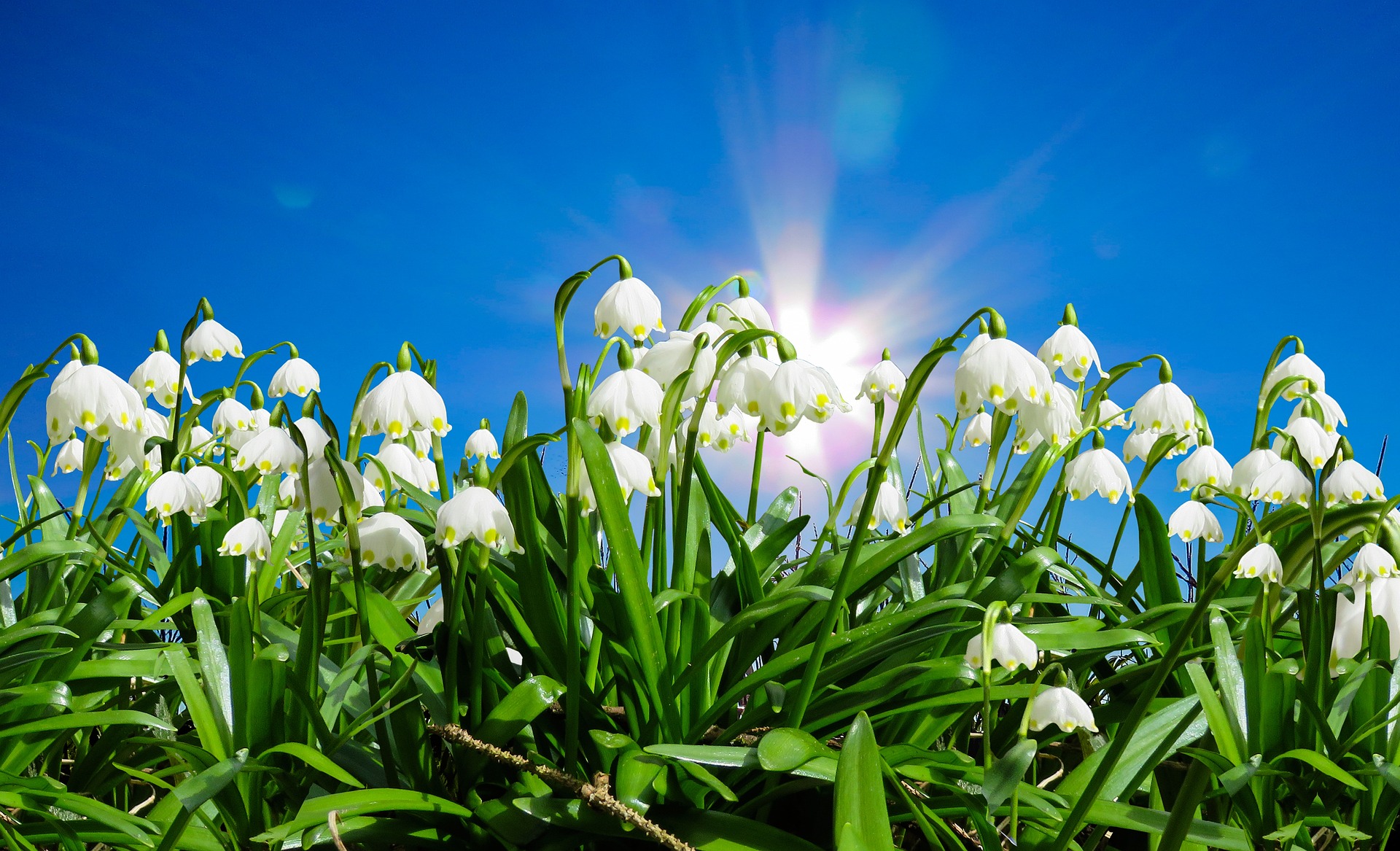On March 20, the longed-for astronomical spring begins: day and night are of equal length.
The sun crosses the celestial equator from the southern half of the sky, as seen from the earth’s center, and moves to the northern half of the sky. This so-called spring equinox occurs this year on Monday at 22.24 CET.
Beginning of spring on March 20: Day and night are of equal length
At the beginning of spring, our central star rises in the east, stands at noon in the south and sets exactly in the west – day and night are equal lengths. Probably the oldest German word for spring is the term Lenz (from the Old High German “lenzo”). It means “the time when there are long days” or “the time when the days get longer.” In today’s vernacular, springtime has its place: spring awakening, second spring, spring fever.
With the longer days, the sun lets us feel its first warm rays: nature is coming alive. Even if ice and snow show their strength again, the snowdrop is the first messenger of spring. Other early bloomers such as crocus, tulip, spring knotweed, mullein and narcissus – also known as daffodil – follow. After that, people enjoy lilacs, lilies of the valley and peonies.
Numerous opportunities for celebration between March and June
Between March and June, there are numerous celebration opportunities: in addition to Easter and Pentecost, most spring festivals focus on driving away winter. In many regions, the lighting of fires, for example, on May Day, the day after Walpurgis Night, or at the Easter fires, the destruction of a figure symbolizing winter and also fertility customs, such as the maypole and “the dance into May,” play a major role.
Spring feelings are added
In addition, there are the spring feelings. There is flirting, and sexual excitability increases immensely. Evolutionary biologists believe this is a remnant of the annual sexual cycle we find in many animal species: In spring, after the end of the frost period, environmental conditions become favourable for reproduction and rearing young. The melatonin level in the blood drops, and the time for mating and breeding begins.
While some are bursting with energy, others complain about spring fatigue. However, you can do several things to combat this flabbiness: Vitamins, vital substances and nutrients are needed for this. Together with plenty of exercise outdoors – preferably in daylight – you should be able to shake your spirits out of hibernation.
This post has already been read 2095 times!



